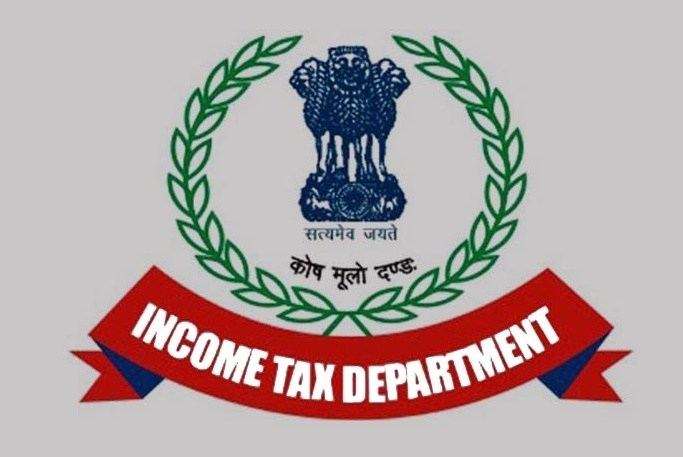
With the introduction of the Finance Bill, 2020 which seeks to amend the Income tax act, 1961 there has been a complete transformation in the Income tax slabs. The new amendment will provide momentum to the tax buoyancy in the long-run. It will certainly increase the direct tax base, ease of compliance, curbing tax evasion, transparency & accountability of Income tax authorities.
Income tax in India is categorized under the head of direct tax in India. Direct tax is a kind of tax that is to be paid directly to the government by the individual on whom the liability has arisen. This liability is non-transferable and this is the key differentiator between Direct tax & Indirect tax.
A. INCOME TAX: Individuals/HUF/taxpayers other than company are required to pay a certain amount of tax on the income which they have earned in the prevailing financial year.
B. CORPORATE TAX: Just like Income tax, Companies have to pay taxes on their profit from the businesses.
It’s not always the salary which is your taxable income but your taxable income is a combination of majorly five heads. To know all about these income heads, refer to the following table:
|
Income from salary |
Wages, Pension, Annuity, Gratuity, Commission, Leave encashment, EPF Contribution |
|
Income from House property |
Rental income – property owned; other than those which are occupied by him. |
|
Income from Profit/Gain from business or Profession |
Profit in the business or gains earned in the profession, Interest received, salary/bonus to partner |
|
Income from capital gains |
Long term capital gains (LTCG) Short term capital gain (STCG) |
|
Income from other sources |
Interest on bank deposits, securities, dividend, royalty received lotteries, gifts, etc. |
|
Less than 2,50,000 |
Nil |
|
2,50,001 – 5,00,000 |
5% |
|
5,00,001 – 10,00,000 |
12,500 + 20% Income above 5,00,000 |
|
Above 10,00,000 |
1,12,500 + 30% Income above 10,00,000 |
|
Less than 3,00,000 |
Nil |
|
3,00,001 – 5,00,000 |
5% |
|
5,00,001 – 10,00,000 |
10,000 + 20% Income above 5,00,000 |
|
Above 10 |
1,10,000 + 30% Income above 10,00,000 |
(Figure in Lacs)
|
Less than 5,00,000 |
Nil |
|
5,00,001 – 10,00,000 |
20% |
|
Above 10,00,001 |
1,00,000 + 30% Income above 10,00,000 |
[Note: Surcharges applicable]
An additional option is given to the Income taxpayers in the Union budget 2020-21. Considering the slump in the economy and increasing the Income tax base, these new amendments in the Income tax act, 1961 are made flexible.
On satisfying a certain set of conditions, a HUF or an individual has the option to pay tax in the new Direct tax regime (F.Y. 2020-21 Onwards).
|
Less than 2,50,000 |
Nil |
|
2,50,001 – 5,00,000 |
5% |
|
5,00,001 – 7,50,000 |
10% |
|
7,50,001 – 10,00,000 |
15% |
|
10,00,001 – 12,50,000 |
20% |
|
12,50,001 – 15,00,000 |
25% |
|
Above 15,00,000 |
30% |
However, this new Direct tax regime which has come out to be one of the biggest taxation reform in the Income tax act, 1961 since Independence brings in some criteria which is to be fulfilled.
FREQUENTLY ASKED QUESTIONS (FAQ)
|
Direct Tax |
Indirect Tax |
|
Paid by individuals, HUF, firms, companies, etc. |
Paid by the end consumer of goods & services |
|
The burden of Income tax cannot be shifted |
The burden of tax can be shifted For ex: GST |
|
Reduce inequalities in society & it is progressive in nature |
Enhance inequalities and are regressive in nature |
|
Paid directly by a concerned person |
Paid ultimately by the final consumer |
|
Income Tax collection is difficult |
Indirect tax collection is easier |
|
For example Income tax, wealth tax, corporate tax, etc. |
For example GST, Excise duty, customs duty, CVD, etc. |
As the name suggests, advance tax is something that is paid in advance even before the tax liability has arisen. It is also termed as pay as you earn tax and it is paid in advance instead of a lump-sum payment at the end of the financial year.
|
Prior to 15th June |
15% of advance tax |
|
15 June-15 September |
45% of advance tax minus advance tax already paid |
|
15 September-15 December |
75% of advance tax minus advance tax already paid |
|
15 December-15 March |
100% of advance tax minus advance tax already paid |
Enter PAN Card number which is the user ID, Password, Captcha code and then 'Login'.
1. Popularly there are two methods of ITR Verification which is:-
1.1. OFFLINE METHOD (Paper verification): Physically send signed ITR-V through normal or speed post to "Centralized Processing Centre, Income Tax Department, Bengaluru”. Send a signed copy of the ITR-V form to Bengaluru for verification.
1.2. ONLINE METHOD (Electronic verification): On Choosing 'I would like to e-Verify' option, e-Verification can be done through any of the following methods.
There are 5 ways of electronically verifying your ITR.
2. Click on 'Preview and Submit' button, Verify all the data entered in the ITR.
3. Submit the ITR.
Read other Blogs :
Highlights of Budget 2020
How to file the income tax return in India
How to E-Verify Your Income Tax Return
All about ITR filing for BEGINNERS
Basics of Income Tax Return Filing for Beginners
Mistakes to avoid while filing Income Tax Return
Plan Income Tax Return: 3 Lesser Known Ways to Save Income Tax
Online Income Tax Return Filing : Procedure,documents
Leave A Comment